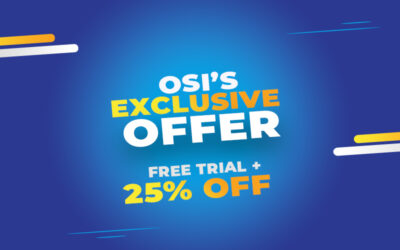Many physicians outsource revenue cycle management to medical billing companies to enhance cash flow and reduce costs. However, accurate documentation of the patient encounter is necessary to achieve these goals. In fact, E/M documentation compliance is crucial to steer clear of audit risks. The following strategies can help practices ensure meaningful clinical documentation that is accurate, timely and indicates the scope of services provided.
- Modify auto-populated EHR notes to reflect reasons for current visit: To preserve documentation integrity, physicians must avoid using the electronic health record to auto-populate data from the patient’s last visit. The guidelines for EHR use of the Centers for Medicare and Medicaid (CMS) clearly states that physicians should treat each encounter as a stand-alone record and ensure the documentation for the encounter reflects the level of service actually delivered. The auto-populated note should be modified to reflect the actual reason for the visit, unless there is clinical reason to auto-populate it from the previous visit.
- Identify new and established patients: Incorrect classification of new and established patients poses a compliance risk and will affect reimbursement. E/M payments for new patients are comparatively higher.
- Make sure the E/M code level reflects medical necessity for the patients visit: The volume of information in the EHR should not be used to determine the E/M level. The E/M level code should be based on the history, exam, and medical necessity. As indicated earlier, copy-pasting information from previous encounters without verifying it or reviewing it thoroughly can leave room for compliance risks.
- Avoid E/M overcoding: Physicians should avoid using too many level 4 and 5 E/M codes. CMS and private health insurers scrutinize documentation to ensure that it reflects only the level of services actually provided. According to a Medscape article, in 2010, CMS found that of the top 10 service categories in Medicare B with the highest amount of estimated erroneous payments, 6 were E/M services. Office visits with established patients ranked number one with almost $1.5 billion. Practices can check for over-utilization of levels 4 and 5 by comparing a CPT frequency report with the annual usage patterns of each provider against Medicare’s usage pattern data. In the case of patients with complex issues and comorbidities, Level 4 and level 5 code use should be reviewed to ensure they meet CPT criteria for the billed code.
- Customize EHR template to match unique patient exam: A Physicians Practice report recommends that the electronic record should be modified to ensure that the note describes the patient visit more accurately. The ideal solution would be to create a unique template for the top 20 most common conditions or diagnoses the provider treats.
- Validate each entry in the EHR: If a scribe is used for the documentation, this fact should be recorded clearly in the documentation. Physicians should enter the scribe’s name and signs the note. Physicians should validate the scribe’s service by signing the note to indicate that it is an accurate record of all discussions and actions taken during that specific patient encounter.
Coding and billing of E/M claims to meet compliance and ensure proper reimbursement is much easier with outsourced physician billing services. In 2017, there are many opportunities to get paid for services that were not previously billable. The team in a reliable company would be well aware of these changes and ensure that their clients take advantage of them.




